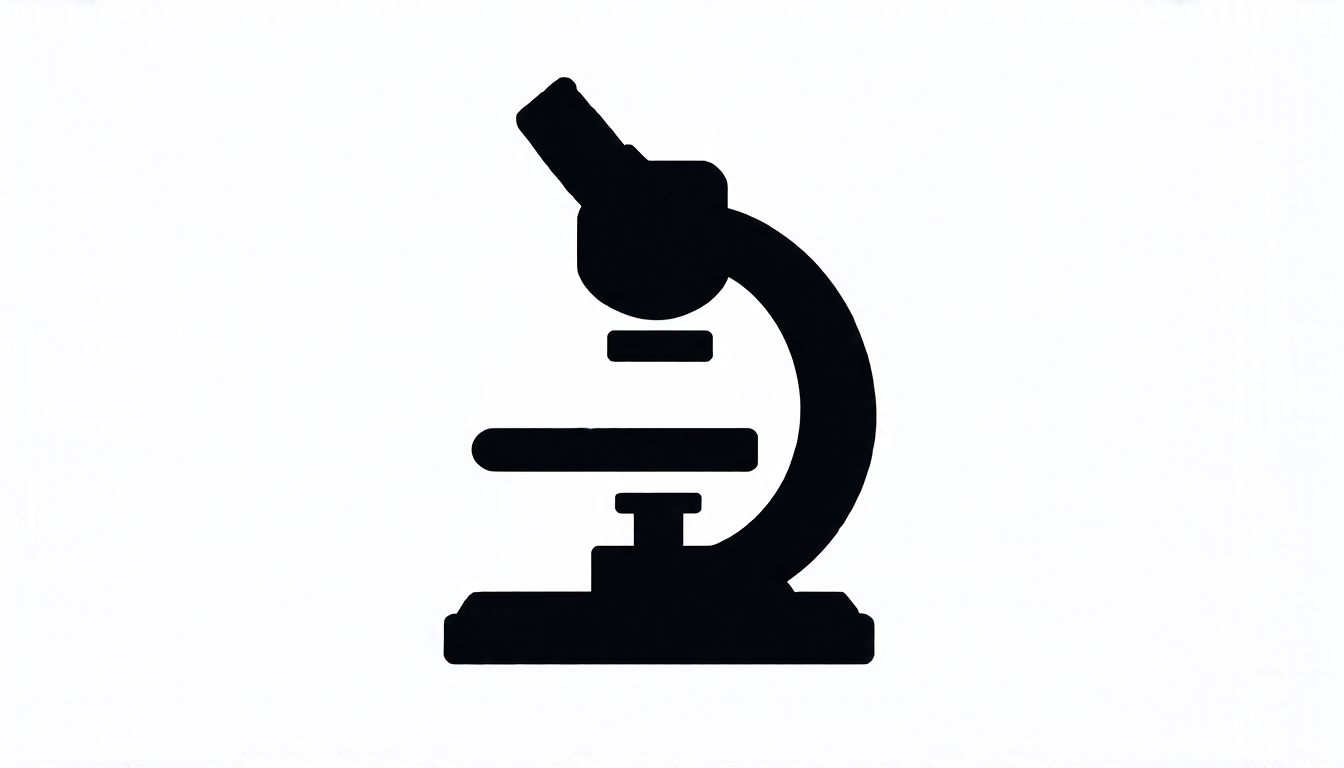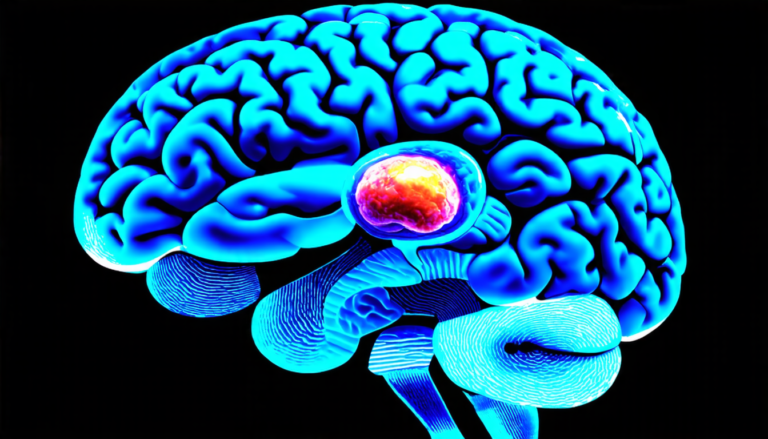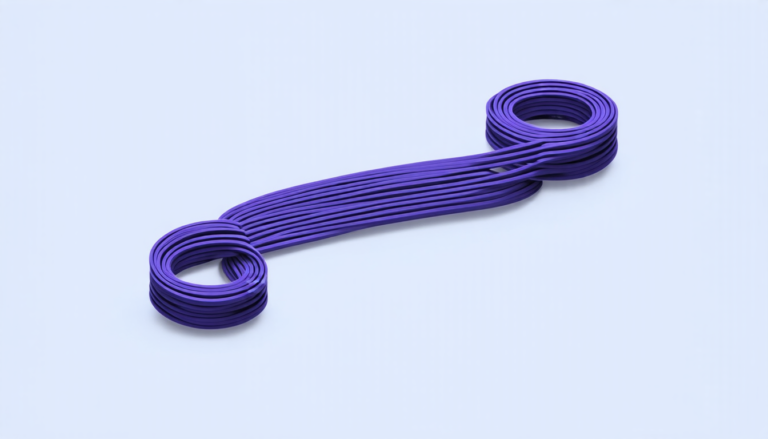Monday 24 March 2025
The quest for transparency in AI decision-making has led researchers to develop innovative methods for explaining complex machine learning models. Recently, a team of scientists introduced DiffEx, a novel framework that uses diffusion models to identify and visualize meaningful directions in the latent space of classifiers. This breakthrough could revolutionize our understanding of how AI systems make predictions, enabling developers to create more interpretable and reliable models.
At its core, DiffEx is a contrastive learning approach that leverages the power of diffusion models to discover hidden patterns in high-dimensional spaces. By analyzing the interactions between different directions in the latent space, researchers can pinpoint the most influential factors contributing to a classifier’s predictions. This insight allows developers to create more transparent and explainable AI systems.
To demonstrate the effectiveness of DiffEx, researchers trained the framework on various image datasets, including natural images and biological microscopy samples. In each case, DiffEx successfully identified directions that corresponded to meaningful attributes, such as object shape, color, or texture. By visualizing these directions, developers can gain valuable insights into how the classifier is making predictions.
One of the most significant benefits of DiffEx lies in its ability to uncover subtle phenotypes in biological data. In microscopy imaging, for instance, researchers often struggle to identify fine-grained variations in cellular behavior. DiffEx’s direction-based approach enables scientists to pinpoint these subtleties, facilitating a deeper understanding of complex biological processes.
The potential applications of DiffEx are vast and varied. In healthcare, for example, the framework could be used to develop more accurate diagnostic tools or to identify novel biomarkers for disease diagnosis. In computer vision, DiffEx could help improve object detection and segmentation algorithms by revealing the most important visual features contributing to predictions.
Despite its many advantages, DiffEx is not without limitations. The framework requires significant computational resources and can be challenging to implement in practice. However, researchers are actively working to address these challenges and make DiffEx more accessible to a wider range of developers.
As AI systems continue to play an increasingly prominent role in our lives, the need for transparency and explainability has become paramount. DiffEx represents a crucial step forward in this quest, offering a powerful tool for understanding and improving the decision-making processes of complex machine learning models.
Cite this article: “Unlocking AI Transparency: Introducing DiffEx, a Novel Framework for Explainable Machine Learning”, The Science Archive, 2025.
Ai, Transparency, Explainability, Diffusion Models, Latent Space, Classifiers, Contrastive Learning, Image Datasets, Biological Data, Computer Vision.







